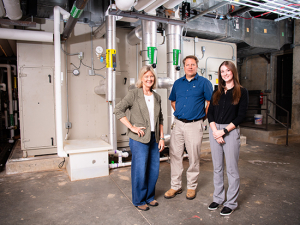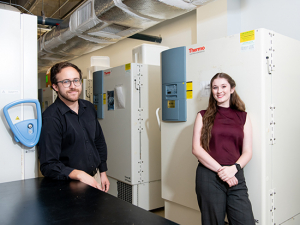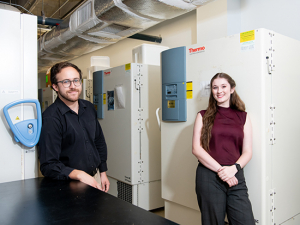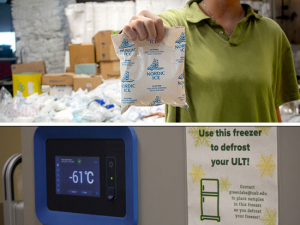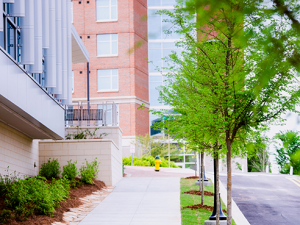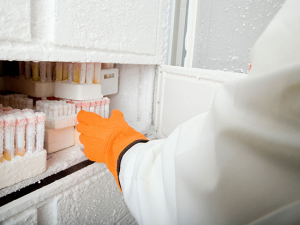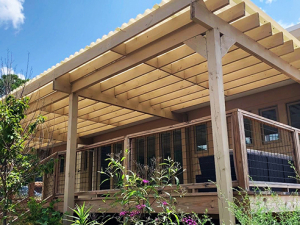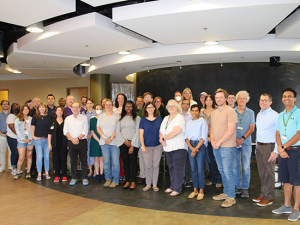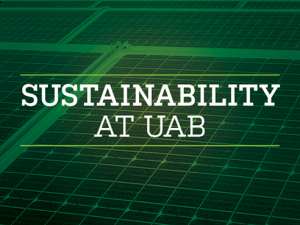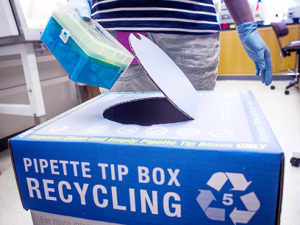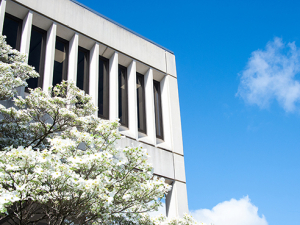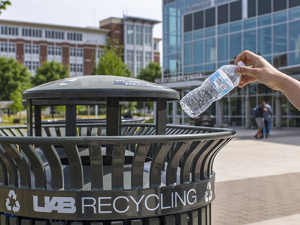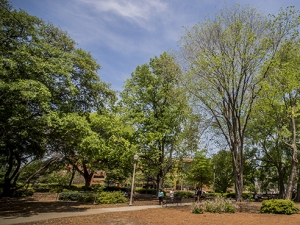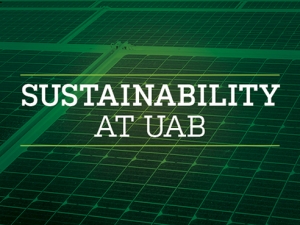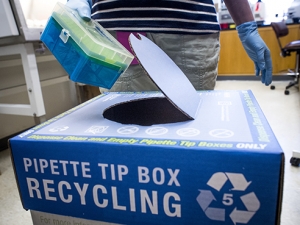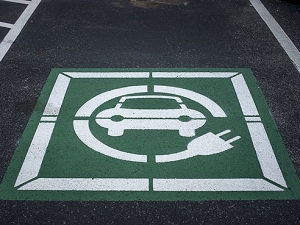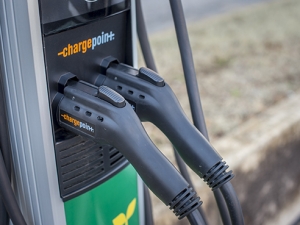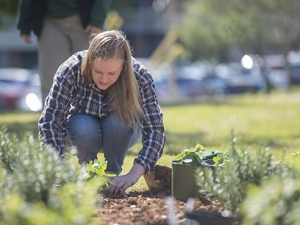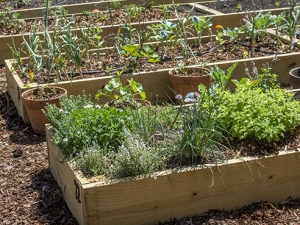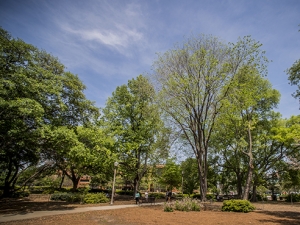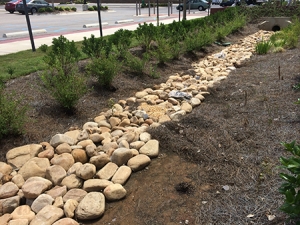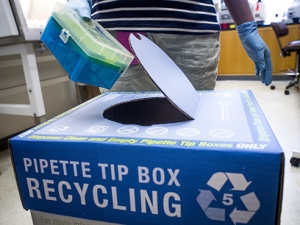 UAB is continuing its year-round initiatives to reduce overall water consumption and ensuring its efforts align with Birmingham Water Works Board drought-based restrictions.
UAB is continuing its year-round initiatives to reduce overall water consumption and ensuring its efforts align with Birmingham Water Works Board drought-based restrictions.
Birmingham is under a Stage 3 drought warning, which means conditions are severely affecting the reliability of water resources and the ability of the waterworks to adequately supply and meet future demands of its customers. The BWWB has implemented a surcharge for excess water use, which will go into effect Nov. 19, and already there is public speculation that the board will move to Stage 4 — extreme drought emergency — very soon.
US Drought Monitor classifies the conditions in Jefferson County among the state’s worst, from extreme to exceptional drought, with this area recording its driest 60-day periods on record. As of Nov. 3, meteorologists are predicting less than a 10 percent chance of rain on just a handful of days during the next two weeks. The drought does affect some UAB operations, but the impact is lessened by conservation efforts already employed by UAB’s Facilities Division.
“We are proud of our proactive stance on year-round water conservation,” said Mike Gebeke, assistant vice president of Facilities Management. “Our Energy Management team has really focused on streamlining our water consumption and finding creative ways to offset our water needs,” Gebeke said. “Any time you can find ways to cut costs and conserve water, it’s a win-win situation.”
Campus Services and Grounds department also is making small changes to comply with the guidelines set by the Birmingham Water Works Board:
- Irrigation sprinklers are reprogrammed to comply with established watering guidelines
- Athletic fields are watered twice weekly, as allowed by the guidelines, to ensure fields are safe for students
- Newly planted flowers are watered on an as-needed basis and during the approved times
UAB’s Water Reuse and Recovery Program emphasizes year-round water conservation through a network of tanks and piping to capture and reuse groundwater and condensate from heating and cooling systems. In 2015 the savings amounted to about 84 million gallons of water and $1 million, said Matt Winslett, engineering manager of Energy Management.
